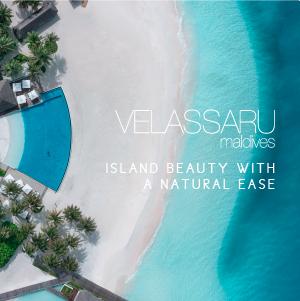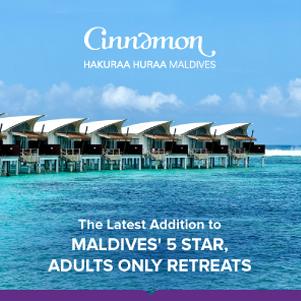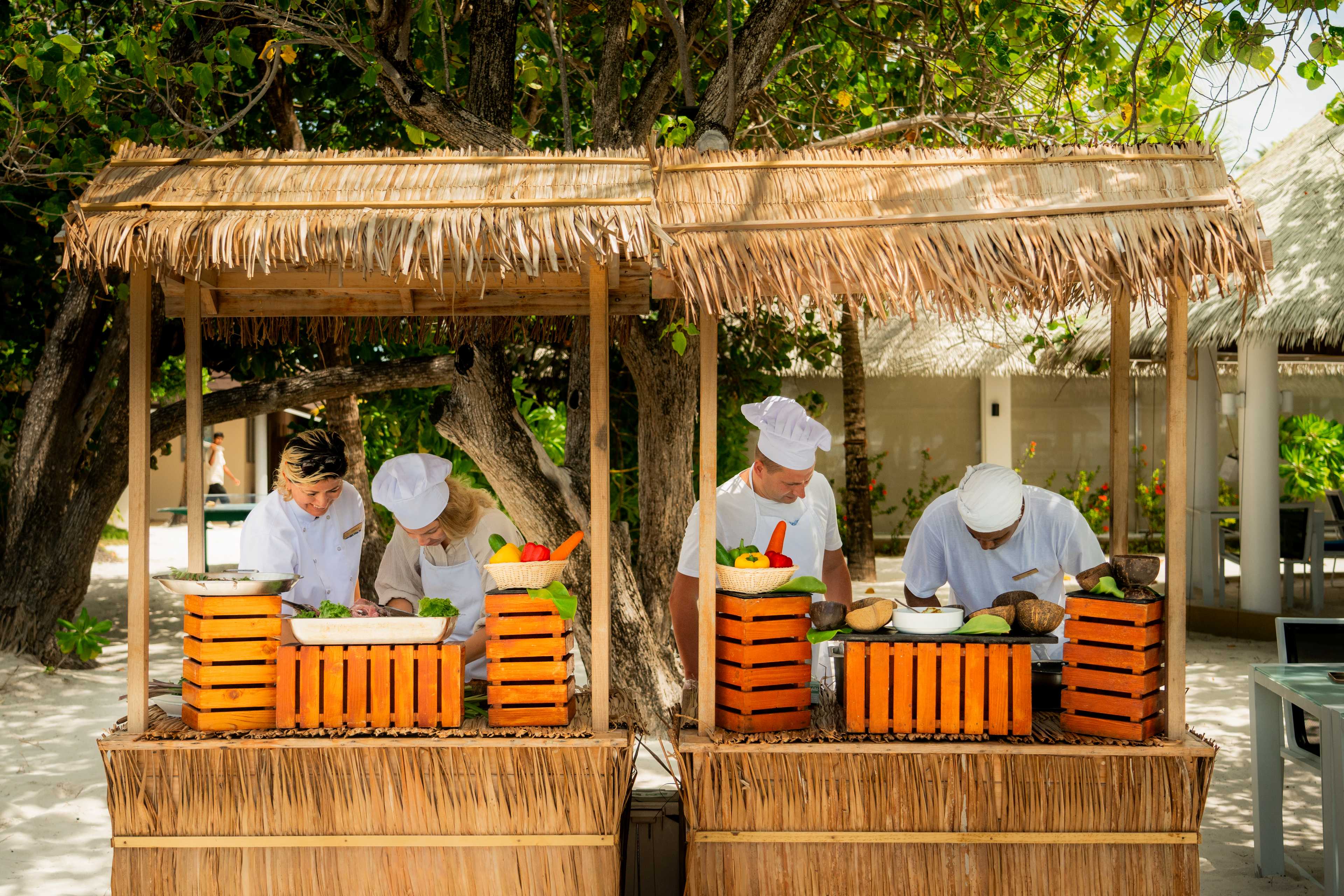Unmatched luxury, breathtaking white-sand beaches, and an incredible underwater wonderland make the Maldives an easy option for a once-in-a-lifetime vacation. It's unquestionably the closest thing to paradise that is. But, beyond its idyllic beauty, there's a fascinating history and a vibrant culture to be discovered. Its geology is also distinctive: the entire nation is comprised of 26 coral atolls produced by the eruption of old underwater volcanoes.

So, if you want to delve beneath the glistening surface and discover more about these Indian Ocean islands, here are five fascinating facts about the Maldives you possibly didn't know.
- Less than a fifth of its 1,200 islands are inhabited
The Maldives has a population of around 400,000 people, however, while the territory has over 1,200 islands, only about 200 of them are inhabited.
Due to a prohibition imposed in 1984, it was actually impossible to access the inhabited islands until 2009. Visitors may now experience the cultural side of the islands beyond the resorts and stilted luxury cabins now that this restriction has been abolished.
The lifting of the restriction has enabled locals to capitalize on the Maldives' burgeoning tourist business, and there are now a plethora of guesthouses, restaurants, and Maldivian-owned diving and excursion firms on the inhabited islands.
- The Maldives has a Weekend That Isn't Like Any Other
Unlike its western countries the Maldives recognizes Friday and Saturday as weekends rather than Saturday and Sunday. Don't be shocked if you see folks working on Sundays. In Islamic nations, this is quite prevalent.
- The first Cabinet Meeting Underwater
In 2009, Maldives President Mohamed Nasheed held a meeting of all cabinet members on the sea floor. While there, the 11 ministers signed a declaration advocating for global carbon emissions reductions. The gesture, led by Nasheed, was viewed as a symbolic cry for aid in the face of increasing sea levels, which threaten to flood most of the Maldives' low-lying districts by 2100.
The ministers who attended the meeting's autographed wetsuits were auctioned off to generate funds for coral reef preservation. Nasheed also proposed establishing a fund to assist the residents if they were forced to leave the islands. Hopefully, this will never happen.
- Shells were considered as a sort of international trading money in the 1800s, and the Maldives was abundant in them.
Money used to wash up on the shore of the Maldives: Cowry shells. These shells were light, unique, and hard to fabricate, making them ideal for generating money. They were endemic to the Indian Ocean and were freely accessible in the Maldives, spawning an extensive shell-money trade around the islands. The cowry shell is now the Maldives Monetary Authority's emblem. Unfortunately, cowry are nearly useless nowadays, and if you try to buy anything with them on your holiday, all you'll receive is a weird look.
- The Maldives has the world's flattest landscape.
The Maldives is without a doubt the world's flattest country, with an average elevation of 1.8 meters above sea level. Qatar, with an average elevation of 28 meters, is the closest contender to this claim. That's an extra 26.2 meters! The Maldives is completely flat. Actually, the highest point in the nation is 2.3 meters, located on Villingili Island.
The Maldives is widely recognized for its crystalline seas in stunning colors of blue, swaying palms, and dazzling white beaches beneath the endless blue skies. It is the ultimate luxury and tranquility fantasy. With pleasant weather most of the year, the Maldives is an excellent choice for an enjoyable beach vacation.



.jpg&w=3840&q=75)





